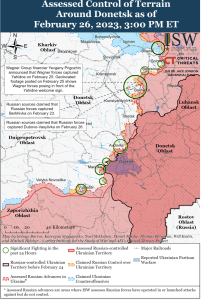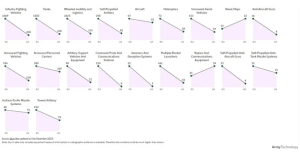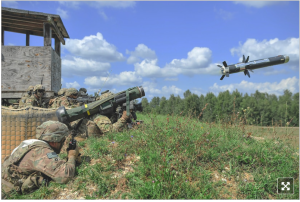Work comp and healthcare are probably the two most highly regulated sectors of the economy – and yes I’m including the financial sector.
Over the last 25 years I’ve spent a ton of time with regulators, legislators, lobbyists and the government folks tasked with implementing those laws and regulations.
Here are my learnings…
- < 5 state legislators know anything about workers’ comp, and only a smidge more about healthcare.
- what legislators DO know is from mass media (healthcare) or lobbyists (work comp, because there’s never any mass media coverage of work comp)
- the laws that pass (with some exceptions) leave much to the regulators
- Regulators are mostly thoughtful, diligent, attempt to do the right thing and generally open to input.
- There are some glaring exceptions – Florida being the most problematic.
- That said they rarely – and understandably – fully understand the potential impacts of their rulings, with big consequence for injured workers, employers, and taxpayers.
According to sources that know a lot about financial regulation, the collapse of Silicon Valley Bank was due in large part to laws passed by Congress (with mostly R and some D support) that loosened capital and other requirements for a lot of banks.
Incompetence added fuel to the dumpster fire. Now staunchly-Libertarian Silicon Valley investors and business owners have suddenly become huge fans of central government intrusion into private business (what a bunch of %$#(*&># hypocrites).

credit New Statesman
From the LATimes:
venture investment firms…actually launched the run on SVB on Thursday, when they suddenly urged their companies to pull their deposits from the bank, triggering the $42-billion outflow. “And they now want the Taxpayer to bailout their investments…?! Capitalism, Silicon Valley-style.”
Tellingly, SVB dropped a half-million dollars lobbying to get those laws passed…and their CEO – a huge champion of de-regulation was the biggest champion.
Now we have what just might become a global financial problem that – with better US banking legislation and regulations – would never have happened.
What does this mean for you?
If you are a state legislator, find and talk with objective and informed people in each area you’ll be voting on.
If you are a regulator, do what you can with what the legislature gives you, but be realistic…work comp is <1% of US medical spend, so do NOT expect healthcare providers to do anything different for their work comp patients – even if your regulations require them to.
If you are a Federal legislator, think a lot more about some massive effort to shrink the government.
Those Silicon Valley Libertarians sure wish they did.










 US Javelin rocket – used against armored vehicles
US Javelin rocket – used against armored vehicles